To get your dog to play with toys, try using toys that tap into their natural instincts or act excited and playful with the toy to attract their attention. Additionally, you could engage in physical and mental activities as well as spend quality time together if your dog does not like toys.
Some dogs may not know how to play and need a little extra effort and attention when learning to play with toys. Strengthening the bond between you and your dog may also help increase their interest in playing with toys.
So, we will explore some tips and methods to encourage your dog to play with toys and strengthen the bond between you and your furry friend.
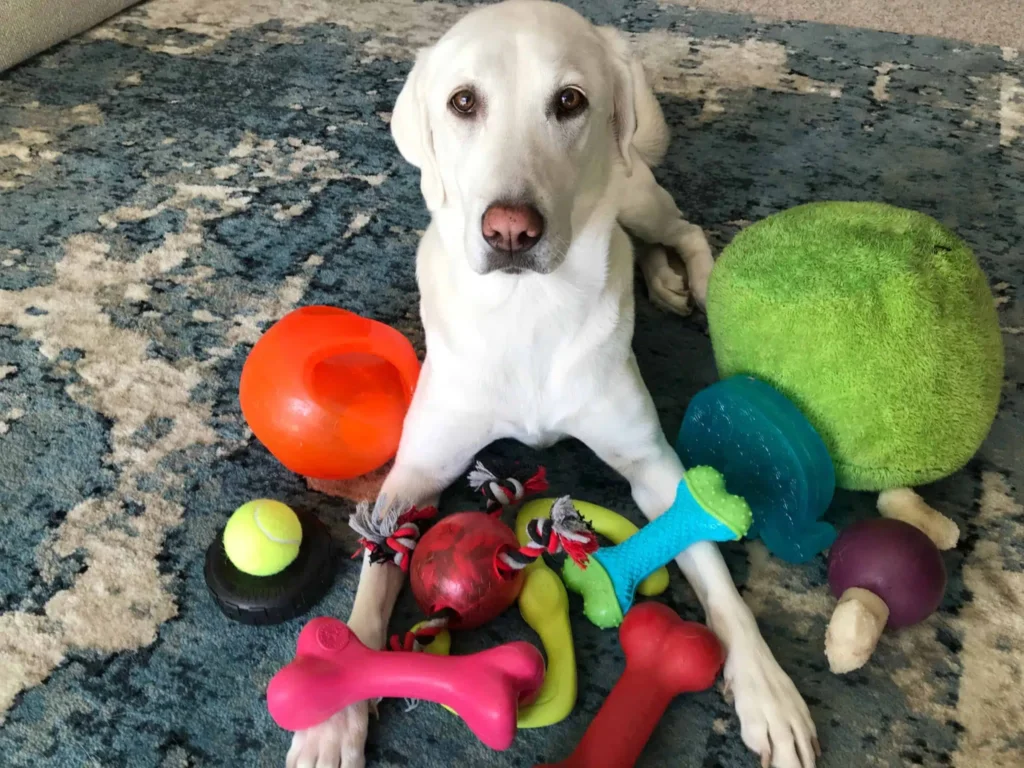
Credit: kylekittleson.com
Why Some Dogs Don’t Like Toys
If your dog doesn’t like toys, it could be because they don’t know how to play with them. Try tapping into their natural instincts by picking a toy and play method that excites them. You can also act super excited when you bring out a toy, make it squeak or bounce it around to attract your dog’s attention.
Additionally, consider physical and mental activities like running or DIY toys to build a bond with your dog.
Toys are a great way for dogs to exercise, have fun, and relieve stress. However, some dogs may not have an interest in playing with toys. One reason for this is due to lack of understanding or unfamiliarity. Some dogs just don’t know how to play with toys, which means they don’t fully comprehend that it’s a fun and rewarding activity.
In such cases, you can try choosing toys and play methods that tap into their natural instincts. You can also encourage your dog to play with toys by acting super excited and playing keep-away games with them. Additionally, building a strong bond and spending quality time with your dog can also help overcome their reluctance to play with toys.
Identifying Your Dog’s Toy Preferences
Is your furry friend not interested in playing with the toys you bought them? Don’t worry, it’s not uncommon. Some dogs may not understand the concept of playing or simply don’t enjoy certain types of toys.
One way to increase your dog’s interest is by identifying their toy preferences. Consider their breed, age, and the texture and shape of the toy. For example, herding breeds may prefer toys that they can chase, while retrievers may enjoy playing fetch with a ball. Puppies may enjoy soft and chewy toys to soothe teething discomfort.
Remember to make playtime an exciting experience! Use an excited tone, make the toy move quickly or squeak, and make sure to give lots of praise and treats. Even if your dog isn’t interested in traditional toys, there are plenty of DIY or interactive games to build a strong bond and keep their mind stimulated.
Engaging Your Dog In Play
If your dog is not interested in playing with toys, it could be because they don’t understand it’s a fun and rewarding activity. Start by trying different toys and play methods that tap into their natural instincts. Act super excited about a toy, move it around quickly, make it squeak or bounce it around to attract your dog’s attention.
Additionally, consider mental stimulation activities like DIY toys and puzzle games to help your dog engage in play.
To get your dog to play with toys, start by showing excitement when presenting the toy. Move it around quickly, make it squeak or bounce it around. Playing keep-away with your dog can also get them interested in playing. You can try teaching them to fetch by using treats and praising them when they bring the toy back.
Another game you can play is tug of war, which taps into your dog’s natural instincts. If your dog doesn’t seem interested in toys, try different activities like interactive games, running or hide-and-seek. Mental stimulation is also important, so consider puzzle games to build a strong bond with your dog. Remember, spending quality time together can be just as important as playing with toys.
Diy Toys For Your Dog
Is your dog not interested in playing with toys? Don’t give up just yet. You can try attracting their attention by showing excitement when you bring out a toy or playing a game of keep-away. DIY toys and interactive games can also be great alternatives to get your furry friend engaged in playtime.
Toys can be an excellent source of entertainment and enrichment for your furry pal. However, not all dogs are naturally inclined to play with toys. If your dog doesn’t take interest in store-bought toys, you can make DIY toys at home. Consider using soft fabric to create plush toys or braiding old t-shirts and towels to make rope toys.
Another way to pique your dog’s interest is by using treat dispensers, which require them to work to get the treat out. You can also try playing games like hide-and-seek and fetch with household items to have fun with your dog. Remember, building a strong bond with your dog through quality time is key, and toys can be a helpful tool in that process.
Games To Play With Your Dog
Are you struggling to get your dog to play with toys? Don’t worry, it is quite common for dogs not to understand how to play. However, you can try exciting games, such as fetch or DIY toys, and show enthusiasm when introducing a new toy to your furry friend to tap into their natural instincts and make playtime fun and rewarding.
ometimes throw the toy to get your dog interested in playing. Act excited and happy when your dog engages with the toy. You can also try engaging your dog in a game of hide-and-seek to stimulate their natural hunting instincts. For example, hide a treat or a toy somewhere in the room and encourage your dog to find it.
Another game to try is tag or chase, where you run away from your dog or chase after them. By incorporating different types of games and toys, you can find something that your dog enjoys and help them develop a love for playing. Remember to be patient and to reward your dog with praise and treats when they engage in playtime.
Toys For Independent Play
If your dog doesn’t seem interested in playing with toys, it could be because they’re not familiar with the concept. Some dogs need a little more encouragement to understand the fun and rewards associated with toy play. You can try acting super excited about a toy, engaging in interactive games, or creating DIY toys to tap into their natural instincts and build a stronger bond with your furry friend.
Toys are an essential part of a dog’s life as they keep them mentally stimulated and physically active. Chew toys are perfect for dogs who love to gnaw on things, and it helps keep their teeth healthy. Puzzle toys are fantastic for dogs who enjoy a challenge and require mental stimulation. Sensory toys for dogs come in different textures, shapes, and sizes and provide an excellent sensory experience for dogs.
If your dog doesn’t like to play with toys, try being enthusiastic when you bring out the toy, and create a game around it. You can also try different types of toys to see which one they prefer. Spending quality time together, playing hide-and-seek or running together, could also help build a stronger bond with your canine friend.
Reinforcing Good Toy Behaviors
If your dog won’t play with toys, it could simply be that they don’t know how. Try choosing toys that tap into their natural instincts and encourage them to interact with the toys by acting super excited and playing keep-away.
Building a strong bond with your dog doesn’t always require toys – spending quality time together through physical and mental stimulation is key.
Is your dog not interested in playing with toys? It could be because they don’t know how to play and therefore don’t find it fun or rewarding. To get your dog interested in toys, tap into their natural instincts by finding a toy and play method that excites them the most.
Act super excited when you bring the toy out and make it seem like a huge win when your dog catches the toy. Engage in interactive games or create DIY toys to get your dog mentally stimulated. Remember, you don’t always need toys to build a strong bond with your dog! Quality time spent together is just as important.
| Tip | Explanation |
|---|---|
| Act excited | Your dog will be more interested in the toy if they see you having fun with it. |
| Engage in interactive games | These games will mentally stimulate your dog and help them learn how to play with toys. |
| Quality time | Spending time with your dog is key to building a strong bond, even without toys. |

Credit: m.facebook.com
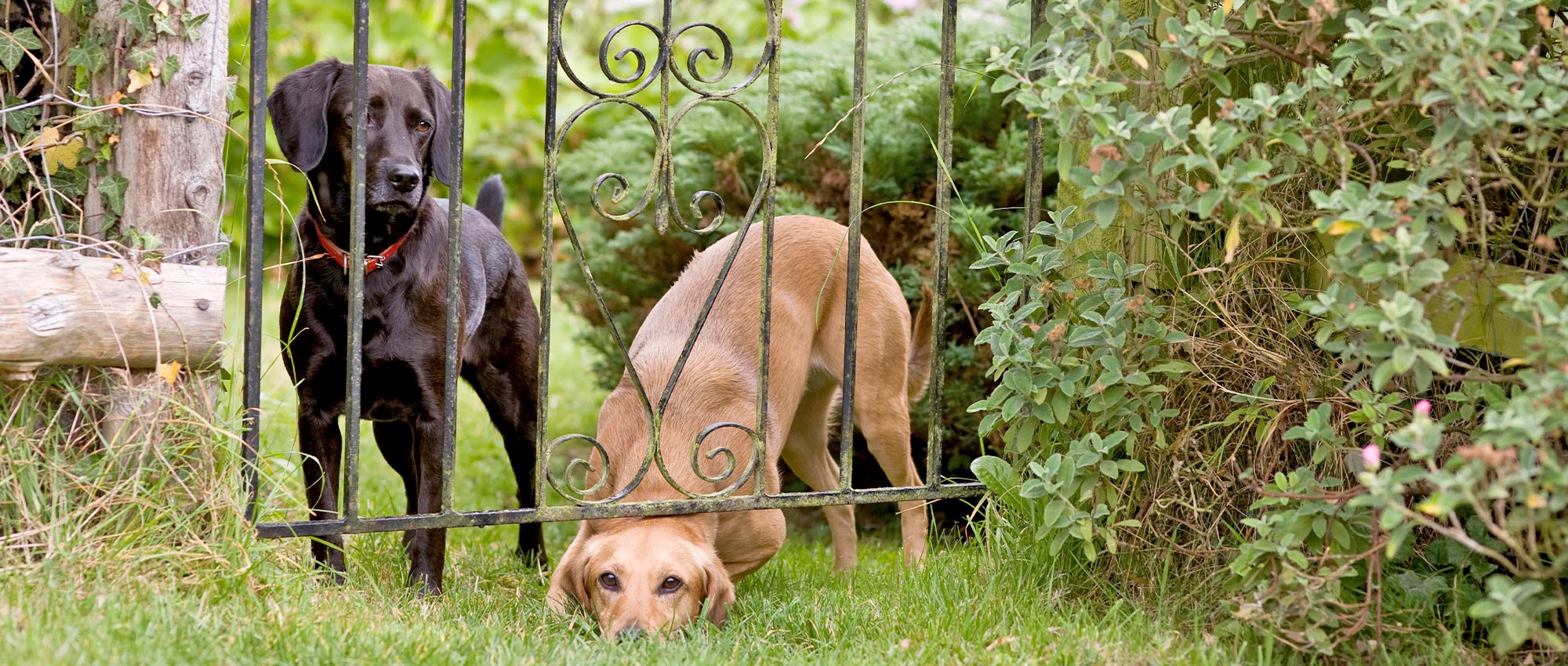
Credit: www.humanesociety.org
Frequently Asked Questions On How To Get My Dog To Play With Toys
Why Won’t My Dog Play With Toys?
If your dog isn’t playing with toys, it’s possible they don’t understand how to play. Try picking a toy that appeals to their natural instincts. Act excited and make the toy seem like a big win when they catch it.
Engage in physical and mental activities with your dog, and spend quality time together to build a strong bond.
How Do I Attract My Dog To Toys?
To attract your dog to toys, try acting super excited about a toy when you bring it out. Move it around quickly, make it squeak if it has a squeaker or bounce it around. Play a little bit of keep-away with your dog to make it seem like a huge win when they catch the toy.
You can also try activities like fetch with household items, interactive games, or creating DIY toys.
Why Does My Dog Bring Me A Toy But Doesn T Want To Play?
There could be several reasons why your dog brings you a toy but doesn’t want to play with it. One possibility is that your dog doesn’t know how to play and needs you to show them. Try being enthusiastic and playing with them using the toy in different ways to stimulate their natural instincts.
Another reason could be that your dog is offering the toy as a gift to show affection and to strengthen the bond between you both.
How Do You Play With A Dog Who Doesn’t Play?
If your dog doesn’t like playing with toys, it could be because they don’t know how to play. Try something new like pick a toy and play method that taps into their natural instincts. Act excited about the toy when you bring it out and play keep-away with your dog to make it seem like a huge win when they catch the toy.
Engage in physical and mental activities with your dog to build a strong bond. Creating DIY toys and playing interactive games can be helpful as well.
Conclusion
Getting your dog to play with toys can take some work, but it’s worth it for their physical and mental stimulation. If your dog doesn’t seem interested in toys, try offering a variety of different types and styles to see what sparks their interest.
Remember to show excitement and enthusiasm when introducing new toys to your dog, and don’t be afraid to get creative with games and activities. With some patience and persistence, you can help your furry friend discover the joys of playtime.


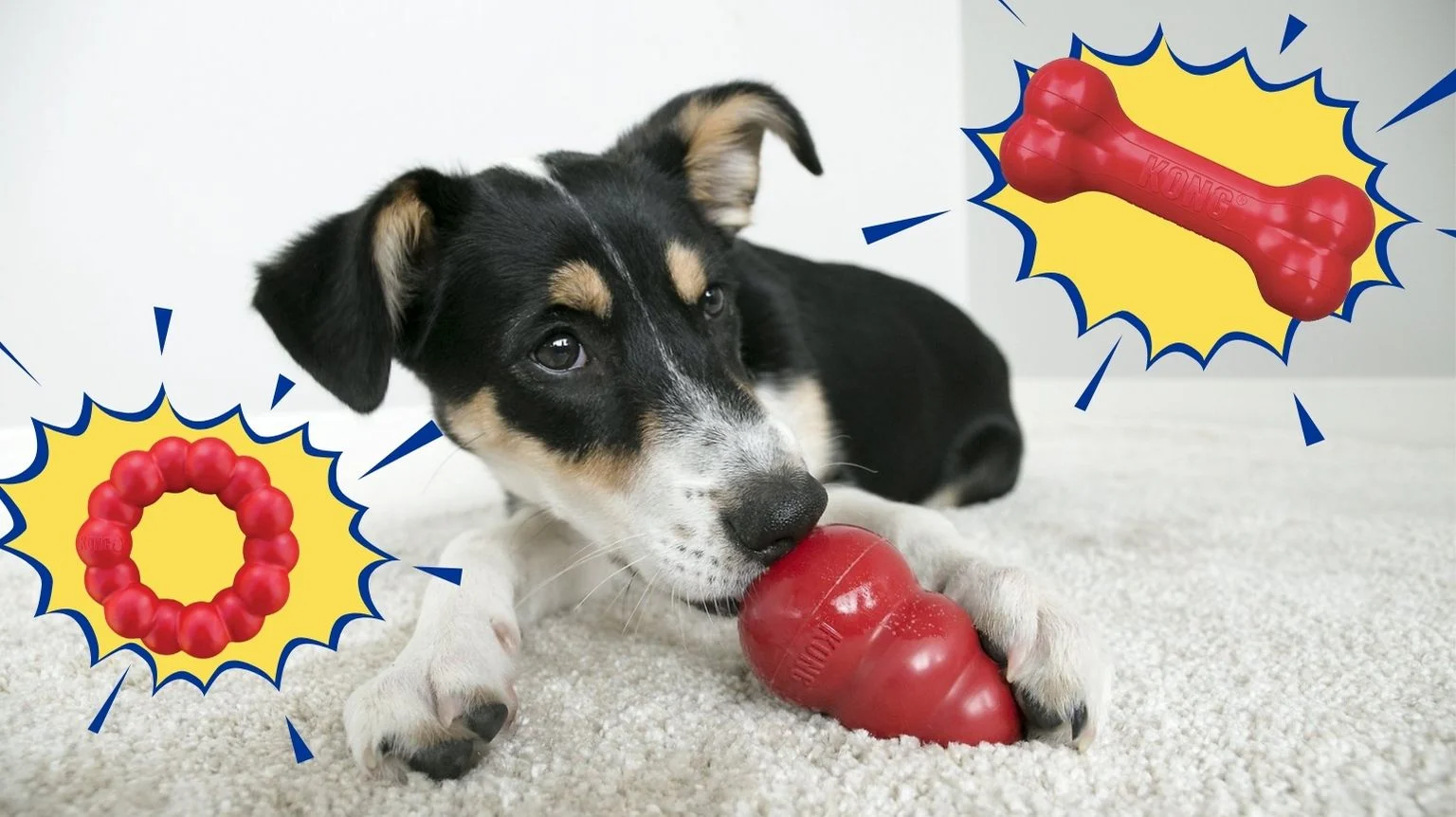
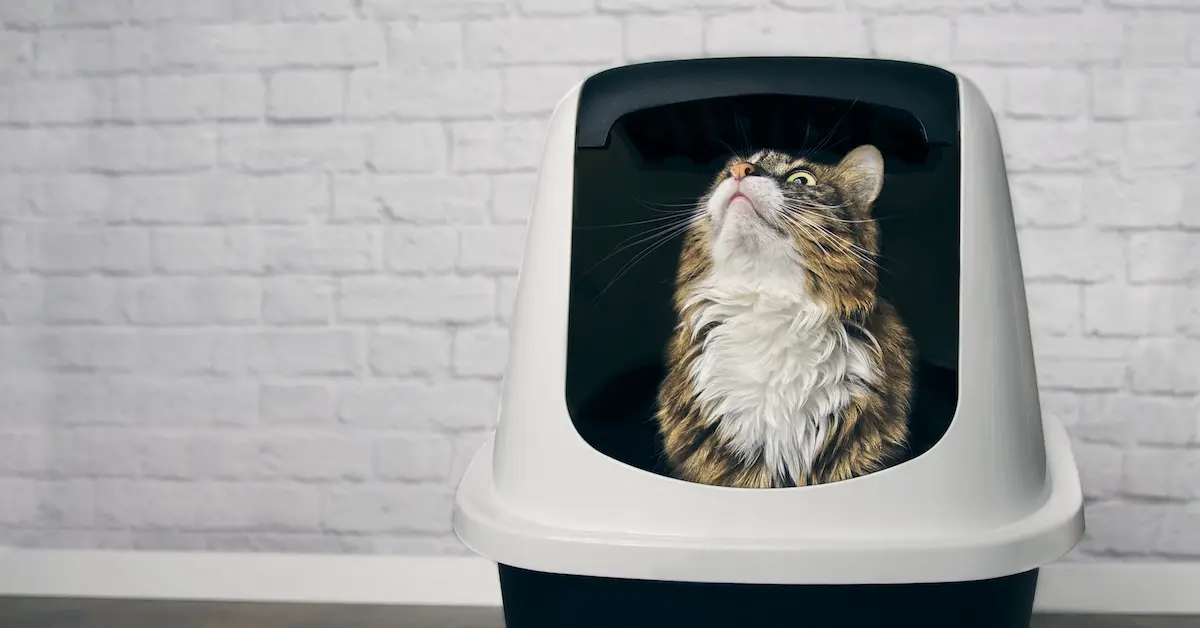
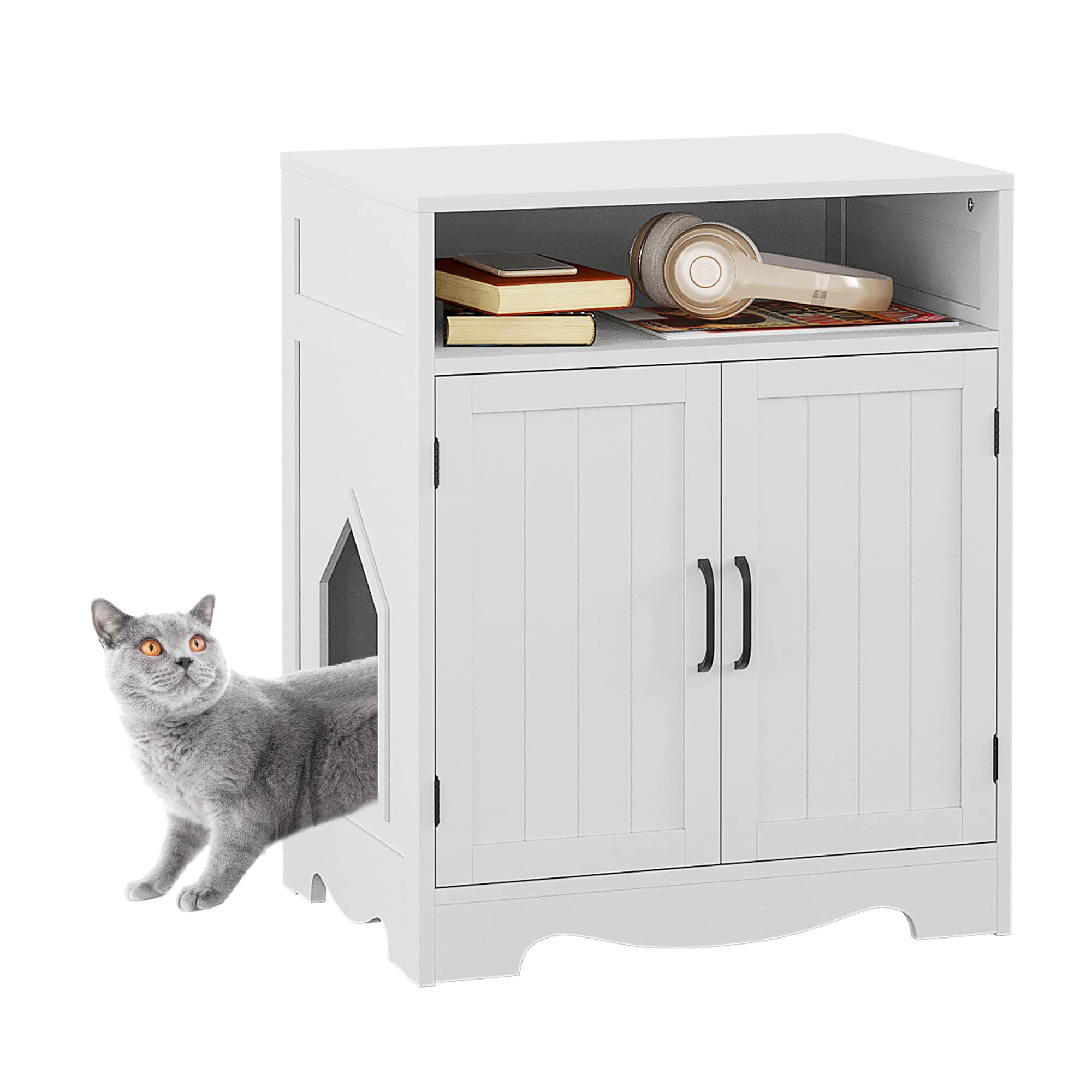
2 Responses